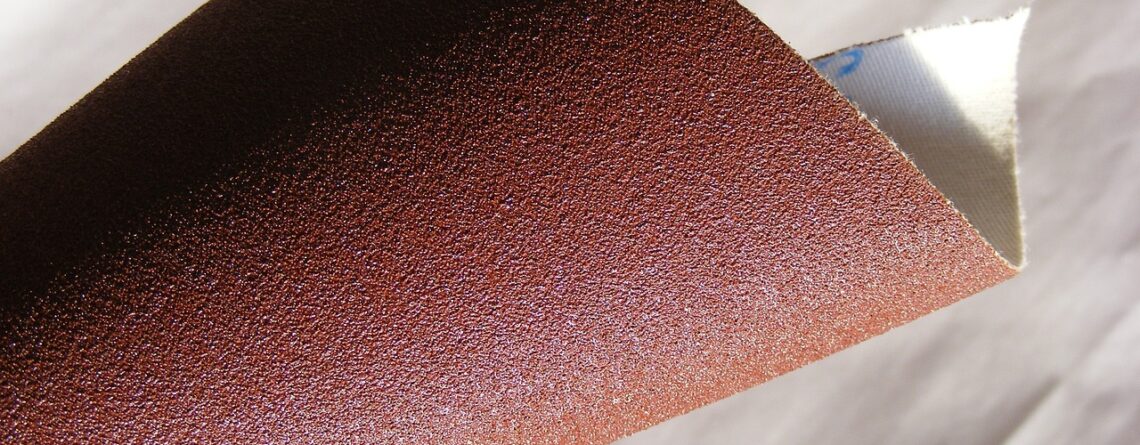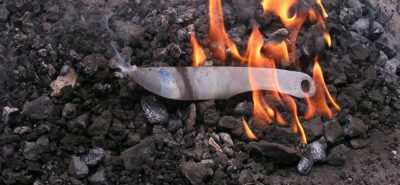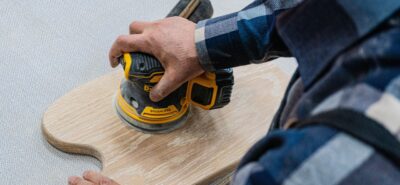Sanding Belt FAQs: Everything You Need to Know About Grit, Size, and Materials
Comprehensive Guide to Sanding Belts: Sizes, Durability, Grits, and Materials
Sanding belts are essential tools for achieving smooth, polished surfaces in woodworking, metalworking, and other DIY projects. Whether you’re a beginner or a seasoned craftsman, knowing the right belt size, grit, and material is critical for efficiency and results. Let’s answer these common questions to help you make informed decisions.
1. How Do I Know What Size Sanding Belt to Get?
The size of the sanding belt depends on the specific sander you are using. Here’s how to find the correct size:
- Check the Manufacturer’s Manual: The easiest way to determine the correct size is by consulting your sander’s manual or specifications.
- Measure an Old Belt: If you have an old belt that fits your sander:
- Measure the width across the belt.
- Measure the loop length (the full perimeter when laid flat). If the belt is cut, measure the total length.
- Measure Your Sander: If no belt is available:
- Measure the distance around the rollers for the loop length.
- Measure the width of the roller to determine the width of the belt.
Common Belt Sizes: 3” x 18”, 4” x 36”, and 6” x 48” are frequently used for belt sanders.
2. What Is the Most Durable Sanding Belt?
Durability depends on the abrasive material and backing. The most durable sanding belts are designed for tough applications, such as grinding metal or sanding hardwoods.
- Zirconia Alumina Belts: Known for their exceptional durability, these belts are self-sharpening, making them ideal for heavy-duty sanding and grinding of metals and hardwoods.
- Ceramic Belts: Extremely tough and long-lasting, these belts are best for industrial use or extended sanding on harder materials. They are heat-resistant and self-renewing but can be more expensive.
- Aluminum Oxide Belts: While less durable than zirconia or ceramic, they are affordable and suitable for general-purpose sanding of wood, plastic, and soft metals.
3. What Grit Sanding Belt Should I Use?
The grit you choose depends on your project and the material you’re working on. Grit ranges from coarse to fine:
- Coarse Grit (40-60): Ideal for heavy material removal, shaping wood, or removing old paint or rust.
- Medium Grit (80-120): Perfect for smoothing rough surfaces and preparing wood for finishing.
- Fine Grit (180-220): Used for finishing and creating smooth surfaces before applying paint or varnish.
- Extra-Fine Grit (320+): Best for polishing and ultra-fine sanding, often in finishing projects.
4. Do You Start Sanding with Higher or Lower Grit?
Always start with a lower grit and work your way up to higher grits as needed:
- Why start low? Lower grit (coarse) removes material faster, making it easier to shape or strip surfaces.
- Why finish high? Higher grit (fine) polishes the surface, ensuring a smooth, refined finish.
For example, if you’re sanding rough wood, start with 80-grit to remove imperfections, then progress to 120-grit and finish with 220-grit for a polished look.
5. What Is the Most Common Abrasive Material?
Several abrasive materials are used in sanding belts, each suited for specific tasks:
- Aluminum Oxide: The most common abrasive, suitable for wood, metal, and plastic. It is durable, versatile, and affordable.
- Zirconia Alumina: A step up in durability, often used for metalwork and heavy-duty sanding.
- Ceramic: Premium and ultra-durable, ideal for industrial applications and high-pressure sanding tasks.
- Silicon Carbide: Best for sanding glass, stone, and other hard materials. It wears out faster than other abrasives.
By understanding sanding belt sizes, grit, durability, and materials, you can choose the perfect belt for your project. Remember to match the belt to your sander and application to achieve optimal results.






LEAVE A COMMENT